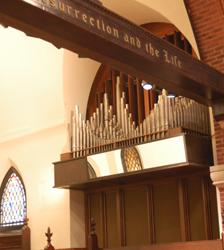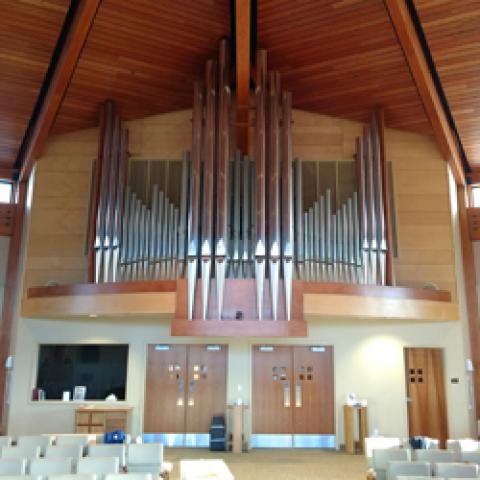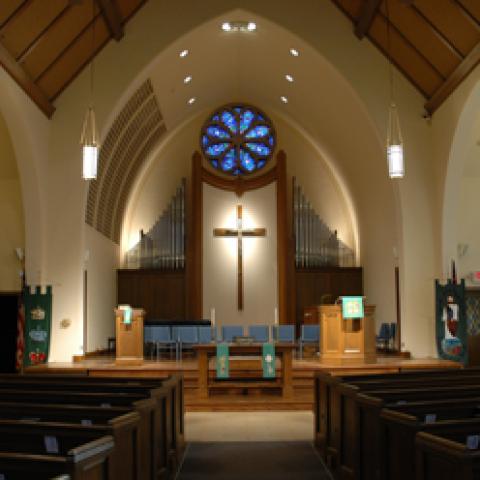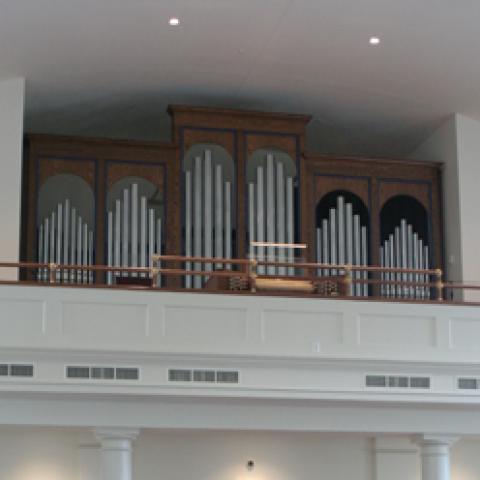
Church of the Holy Comforter, Episcopal, of Kenilworth, Illinois, has selected Berghaus Pipe Organ Builders of Bellwood, Illinois, to refurbish its 1965 Aeolian-Skinner Opus 1455.
Work on the two-manual, 25-rank, 33-stop instrument commenced June 20 with removal of pipes, chests, and console. In addition to cleaning, releathering, and pipe repairs, the console will be refurbished and a new solid-state combination action will be installed. Upon reinstallation, revoicing of pipework will be accomplished to return the instrument to its original sound by its builder.
The project is to be completed by mid-September with a rededication recital to take place in spring of 2017.
For information: www.berghausorgan.com.





